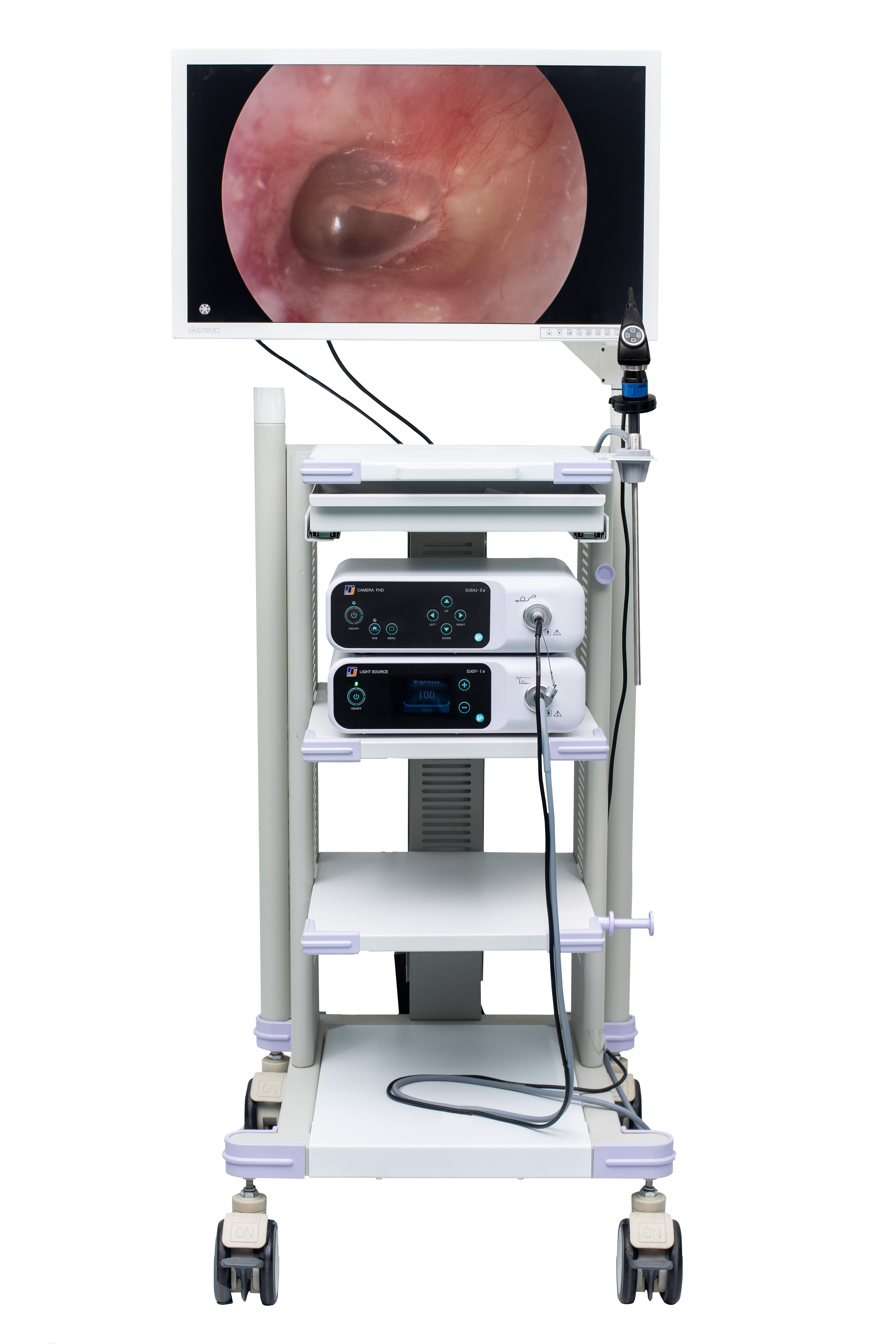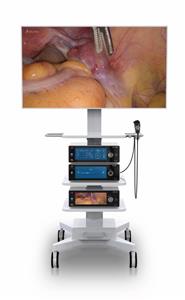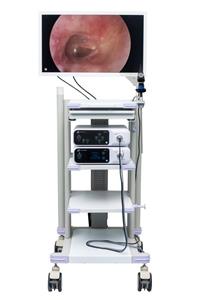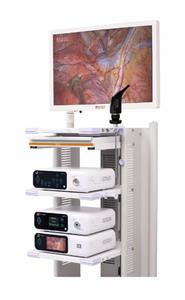Minimally invasive endoscopic nasal surgery for chronic hypertrophic rhinitis
Nasal endoscopic surgery (NES ) including endoscopic surgery under video surveillance, removal of nasal and sinus lesions, correct mucosal choice and structural reconstruction and postoperative follow-up and comprehensive treatment. NES technology applied to chronic hypertrophic rhinitis with inferior turbinate resection to preserve the nose as much as possible cavity structure and function, application of bipolar coagulation to stop bleeding, avoids traditional nasal packing. The blood method has more injuries, greater pain, and re-injury after withdrawing the gauze, omission of lesions, etc. Shorten the recovery period and broaden the indications for surgery.
Minimally invasive surgery in the field of surgery is a new surgical method developed in recent years. The principle of minimally invasive surgery is reflected in today's nasal endoscopy and sinus surgery: Thoroughly remove the lesion to preserve function and structure, reduce trauma, bleeding and decrease during surgery. Low suppression of immune function. Inferior turbinate surgery using endoscopic surgery Clear field, complete resection of lesions bipolar coagulation to stop bleeding, no need to fill with Vaseline gauze plug is a new attempt but the operation time is longer.
the advantages of minimally invasive surgery as follows:
(1) The surgical field is clear and the lesions are removed and hemostasis is complete.
(2) Less pain free. In addition to the pain caused by tamponade hemostasis and the withdrawal of gauze in the past. especially with heart patients with tuberculosis can receive treatment. (3) Less surgical injury and faster healing. (4) no shadow loud breathing indications are wider. Such as patients with complicated OSAS, nasal packing is prone to occur asphyxia is safer for patients with coronary heart disease who cannot tolerate nasal congestion and hypoxia.
Points to pay attention to: (1) Cut the turbinate in time to stop the bleeding to prevent multiple simultaneous surges difficult to stop bleeding. (2) Postoperative head position, reduction of activities and prohibition of exertion are very difficult important. (3) A specialist will be on duty on the day of the operation to prevent bleeding and deal with it in a timely manner





